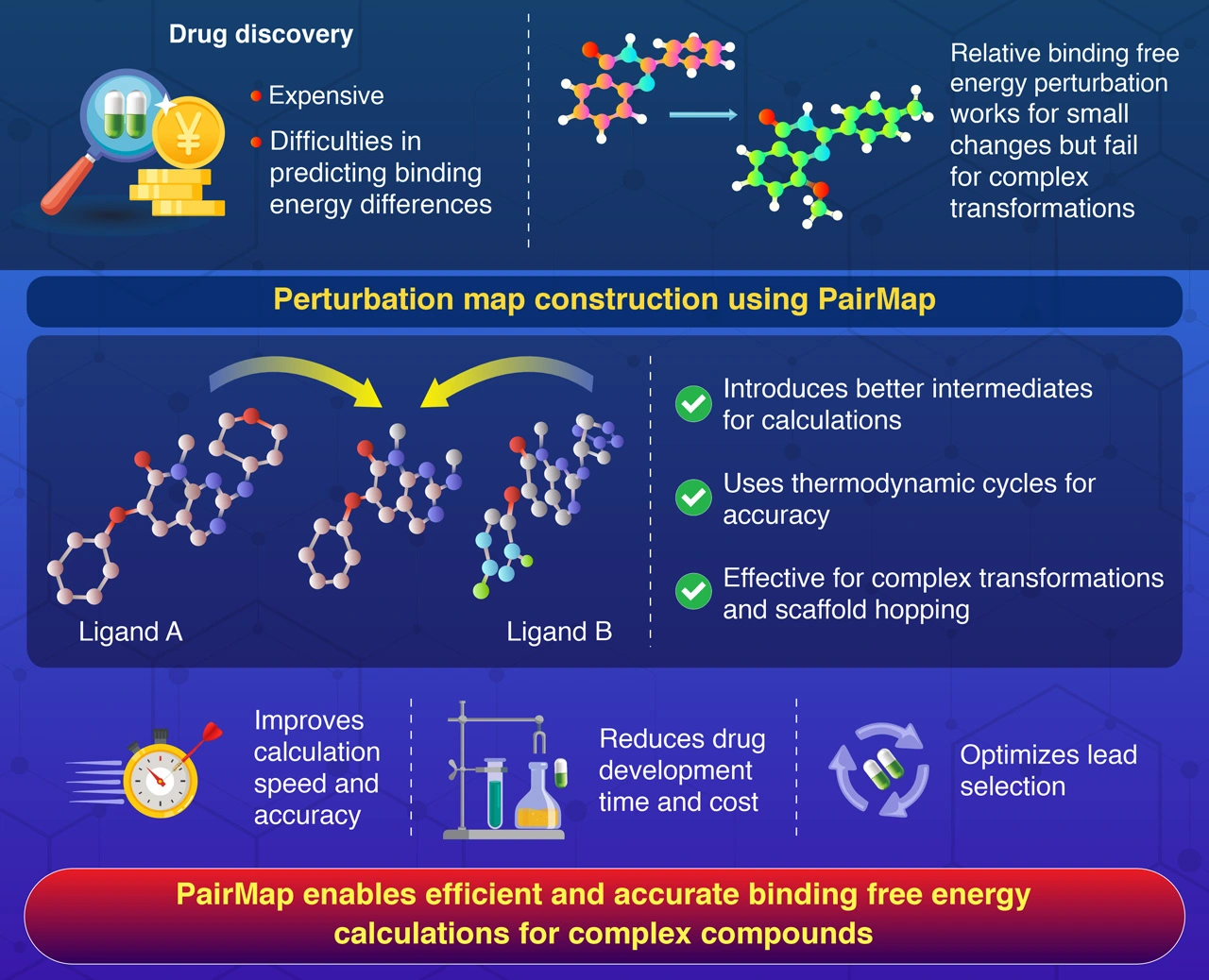Revolutionizing Gene Editing: Precise Insertion Of Complete Genes

Table of Contents
Current Gene Editing Technologies and Their Limitations
Existing gene editing tools like CRISPR-Cas9, TALENs (Transcription Activator-Like Effector Nucleases), and ZFNs (Zinc Finger Nucleases) have revolutionized genome engineering. However, they primarily focus on gene knockout or modification rather than precise insertion of complete genes. Their limitations include:
- Off-target effects: These methods can unintentionally modify unintended genomic locations, leading to unpredictable consequences and potential harm.
- Challenges in inserting large genes: Inserting large DNA sequences is significantly more difficult than making smaller edits or deletions. The larger the gene, the lower the efficiency of insertion.
- Limitations in targeting specific genomic loci: Precise targeting of specific genomic locations remains a challenge, particularly for complex genomes.
Examples of limitations and consequences:
- CRISPR-Cas9: While highly efficient for gene knockout, its reliance on non-homologous end joining (NHEJ) for gene insertion often results in imprecise insertions or deletions.
- TALENs and ZFNs: These techniques, though highly specific, are expensive and time-consuming to design and produce, making them less accessible than CRISPR-Cas9. Furthermore, large-scale insertion remains a significant hurdle.
Advancements in Precise Gene Insertion Techniques
Recent breakthroughs have significantly advanced our ability to achieve precise gene insertion. These advancements focus on improving existing methods and developing new strategies:
-
Improved Homology-Directed Repair (HDR): HDR is a natural cellular process that uses a homologous DNA template to repair double-strand breaks, allowing for precise gene insertion. Researchers are enhancing HDR efficiency through various techniques, including the use of specific donor DNA templates and the modulation of cellular factors. Increased HDR efficiency is crucial for successful gene insertion.
-
Next-Generation CRISPR Systems: Base editing and prime editing are CRISPR-based systems that offer increased precision and versatility. Base editing allows for targeted base changes without causing a double-strand break, while prime editing enables more complex edits, including insertions and deletions. These technologies are showing promise in improving the precision and efficiency of gene insertion.
-
Improved Viral Vector Delivery: Viral vectors, such as adeno-associated viruses (AAVs), are commonly used to deliver gene editing components into cells. Advancements in viral vector engineering have increased their capacity and targeting capabilities, enabling efficient delivery of large genes for precise gene insertion.
Successful Applications:
- Several successful gene therapy trials have demonstrated the potential of precise gene insertion for treating genetic diseases. For instance, successful insertion of functional genes has shown promise in treating inherited retinal diseases.
- The creation of more accurate animal models using precise gene insertion has improved our ability to study human diseases in vivo.
Applications of Precise Gene Insertion
The ability to precisely insert complete genes has far-reaching implications across diverse fields:
Gene Therapy
Precise gene insertion offers a revolutionary approach to treating genetic diseases by replacing defective genes with functional copies. This gene replacement therapy holds enormous potential for curing a wide range of conditions, including:
- Inherited metabolic disorders: Conditions like phenylketonuria and cystic fibrosis could potentially be cured by inserting functional copies of the deficient genes.
- Genetic eye diseases: Several clinical trials are showing promise in restoring vision in patients with inherited retinal dystrophies through precise gene insertion.
- Hemophilia: Replacement of the defective clotting factor genes offers a potential cure for this bleeding disorder.
Disease Modeling
Precise gene insertion enables researchers to create more accurate animal models of human diseases. These models allow for more effective testing of new therapies and a deeper understanding of disease mechanisms. The ability to precisely introduce disease-causing mutations or modify gene expression levels creates more relevant models.
Agricultural Biotechnology
In agriculture, precise gene insertion offers the potential to enhance crop yields, improve nutritional value, and increase disease resistance. This genetic engineering can contribute to food security and sustainable agriculture. Examples include:
- Enhanced nutrient content: Inserting genes that increase the levels of essential vitamins and minerals in crops can improve nutrition.
- Pest resistance: Introducing genes that confer resistance to pests can reduce the need for harmful pesticides.
- Increased yield: Genes that enhance growth and productivity can increase crop yields, contributing to food security.
Challenges and Future Directions
Despite significant progress, challenges remain:
- Efficient delivery methods: Delivering gene editing components to target cells remains a challenge, especially for in vivo applications.
- Cost-effectiveness: The cost of gene editing technologies can be high, limiting their accessibility.
- Ethical considerations: The ethical implications of gene editing, particularly in humans, need careful consideration.
Future research will focus on:
- Developing more efficient and precise gene insertion tools: Further refinement of CRISPR-based systems and other gene editing technologies will improve accuracy and efficiency.
- Improving delivery systems: Developing more effective and targeted delivery methods will increase the success rate of gene therapy.
- Addressing ethical concerns: Open and transparent discussions about the ethical implications of gene editing are essential.
- Personalized medicine: The ability to tailor gene editing therapies to individual patients is a promising avenue for future research. This personalized medicine approach will rely on advancements in precise gene insertion.
Conclusion: The Future of Precise Gene Insertion in Gene Editing
Advancements in precise gene insertion technologies are revolutionizing the field of gene editing, opening up new possibilities in gene therapy, disease modeling, and agricultural biotechnology. While challenges remain, the potential of this technology to transform human health and other fields is immense. Continued research and investment in precise gene insertion research are crucial to unlocking its full potential. By overcoming current limitations and addressing ethical concerns, we can harness the power of precise gene insertion to create a healthier future for all. To learn more about the latest advancements in gene editing, visit [link to relevant research or organization].

Featured Posts
-
 Heute In Augsburg Der M Net Firmenlauf Ergebnisse Und Mehr
May 30, 2025
Heute In Augsburg Der M Net Firmenlauf Ergebnisse Und Mehr
May 30, 2025 -
 Live Music Stocks Surge Pre Market Monday
May 30, 2025
Live Music Stocks Surge Pre Market Monday
May 30, 2025 -
 Musettis Three Set Win Over Auger Aliassime Highlights Miami Open
May 30, 2025
Musettis Three Set Win Over Auger Aliassime Highlights Miami Open
May 30, 2025 -
 Guillermo Del Toro Teases Frankenstein Trailer Premiere Date Announced
May 30, 2025
Guillermo Del Toro Teases Frankenstein Trailer Premiere Date Announced
May 30, 2025 -
 Sangre Del Toro Documentary On Guillermo Del Toro Launches At Cannes
May 30, 2025
Sangre Del Toro Documentary On Guillermo Del Toro Launches At Cannes
May 30, 2025
Latest Posts
-
 Bmw Open 2025 Quarter Finals Zverev Vs Griekspoor A Munich Highlight
May 31, 2025
Bmw Open 2025 Quarter Finals Zverev Vs Griekspoor A Munich Highlight
May 31, 2025 -
 May Day In Kingston Images From A Robust Rally Daily Freeman
May 31, 2025
May Day In Kingston Images From A Robust Rally Daily Freeman
May 31, 2025 -
 Bmw Open 2025 Zverev Griekspoor Quarter Final Showdown In Munich
May 31, 2025
Bmw Open 2025 Zverev Griekspoor Quarter Final Showdown In Munich
May 31, 2025 -
 Madrid Open 2024 Berrettini Loses To Giron Despite Comeback Attempt
May 31, 2025
Madrid Open 2024 Berrettini Loses To Giron Despite Comeback Attempt
May 31, 2025 -
 Analysis Elon Musks Exit From The Trump Administration
May 31, 2025
Analysis Elon Musks Exit From The Trump Administration
May 31, 2025
